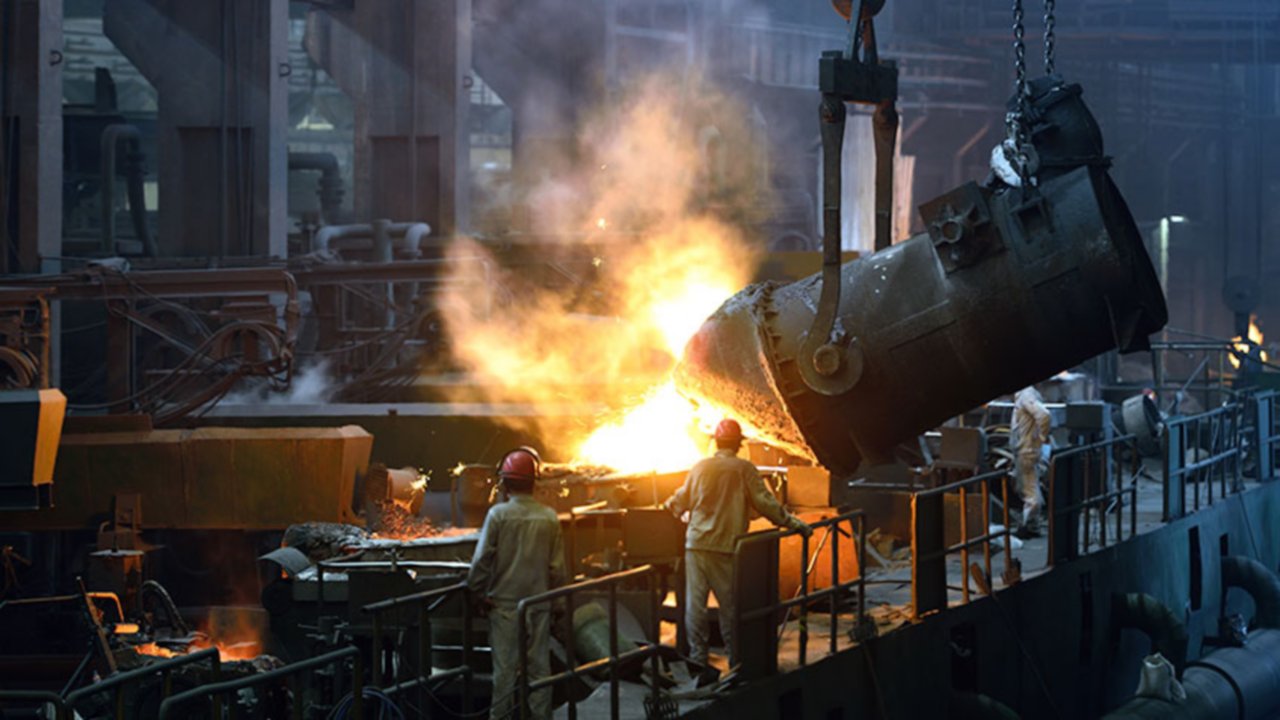The energy-management system – leveraging the historian and analytics software – identifies gaps between energy, generation, transmission and distribution, and guides energy management staff to optimize use. Personnel can see production data and information in real time, including fuel values, and short- and long-term trends. Operators can more effectively control steel production and modify gas production, oxygen levels and other factors. They can track the impact of different types of raw materials on production of both steel and gas byproducts, and use this information to help make sure they purchase the most beneficial raw materials.
The data gathered within the system is analyzed and included in multiple reports. A gas consumption report alerts operators and plant management to any spikes in fuel consumption. An energy utilization report provides analytics on gas generation; available liquid stocks of argon, nitrogen gas and oxygen; and daily consumption of liquefied petroleum gas. Operators can also pull ad hoc reports via the FactoryTalk VantagePoint portal to provide data to all stakeholders as needed. Each of the reports feeds into the energy-management system.
“Our energy reports are critical because our operations contain continuous chemical reactions,” said the steel manufacturer’s vice president of energy. “With the Rockwell Software energy intelligence solution, we can pull reports at any time, any day. We’re better prepared to make process changes that immediately impact steel and byproduct production and keep our energy use low.”
Less Consumption and Flaring Drives Savings
With the new energy intelligence system, the company reduced its energy costs by 3 percent annually – boosting its bottom line by 1.35 percent and reducing electricity consumption by 3 percent. Full ROI was achieved in just six months.
The company has also reduced its fuel consumption overall by 2 percent. The plant’s team has identified wasteful uses of energy and nonproductive fuel supplies. For example, the team began switching rollers to idle when not in use after understanding the energy-use impact of high initial torque in conveying systems that move steel in and out of furnaces.
Additionally, the steel manufacturing company has reduced gas flaring from 5 to 6 percent, down to 1.5 percent, which means the flaring decreased from 200 gigacalories (or gcal per hour) to 30 gcal per hour. This resulted in an hourly financial savings of USD$3,200.
With data-supplied analysis of gas generation and consumption, the steel manufacturer learned that the small fluctuations in both cannot be completely managed, so the team began using sinks to dump and withdrawal fuels on short turnarounds. Trend reports alert operators when it’s necessary to divert excess gas byproduct to the sink within the next hour, allowing the company to continue optimizing gas consumption and avoid inefficient uses.
“We’ve seen significant success using the FactoryTalk solution. More importantly, we’ve been able to identify what other processes need to be optimized and we’re working to improve them,” said the vice president of energy.
The team at the plant aims to reduce gas flaring to under 0.5 percent, or 5.45 gcal, for even further savings, and is expanding the energy intelligence system to capture all of the plant’s 2,100 parameters. In addition, the steel manufacturer is rolling out similar energy programs at its other locations to truly connect and optimize production across the company.
The results mentioned above are specific to this company’s use of Rockwell Automation products and services in conjunction with other products. Specific results may vary for other customers.
FactoryTalk, Rockwell Software and VantagePoint are trademarks of Rockwell Automation Inc.

